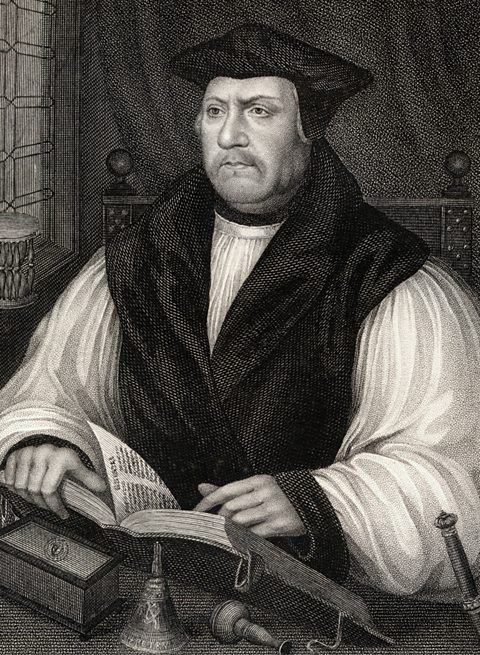Reactions to the Religious Settlement in Wales and England
Elizabeth’s intention was that the Religious Settlement would prove a compromise acceptable to people of all religious standpoints.
There were several reasons why the reactions to the Settlement were mostly positive.
- The majority of clergymen took the Oath of Supremacy. About 250 out of 9,000 priests refused and lost their jobs.
- Many devout A very strong belief in a faith. Catholic bishops resigned and therefore did not provide strong opposition. Their positions were filled by loyal supporters.
- recusancy The refusal to attend church services in England and Wales. fines were not strictly enforced.
- As long as people outwardly conformed to the Settlement, tolerance was allowed.
- Matthew Parker, the Archbishop of Canterbury, was widely respected as a moderate Protestant.

Elizabeth also introduced measures to enforce acts, such as the Royal Injunctions Act 1559, which gave clergy a set of instructions including to ban 'fake' miracles and to ban and report recusants. She also sent 125 commissioners to tour the country to check the rules were being followed.
The 1559 Act of Exchange allowed the Queen to take land and buildings from the Church and force Bishops to pay rent, adding considerably to the Queen's purse.
The relative success of the Settlement meant that religious stability was, at least for the moment, brought to Wales and England. Abroad, the reaction to the Settlement was muted. The French were concerned with their own religious problems and at this time at least, Spain, led by King Philip II, still hoped to maintain friendly relations with England and Wales in the hope that Catholicism would eventually be restored.
However, by the 1570s and certainly by the 1580s, opposition to the Settlement would increase from Catholics, as relations with Spain worsened. It would also increase from extreme Protestants, known as Puritans, who would try to change aspects of the 'middle way' to suit their own beliefs.